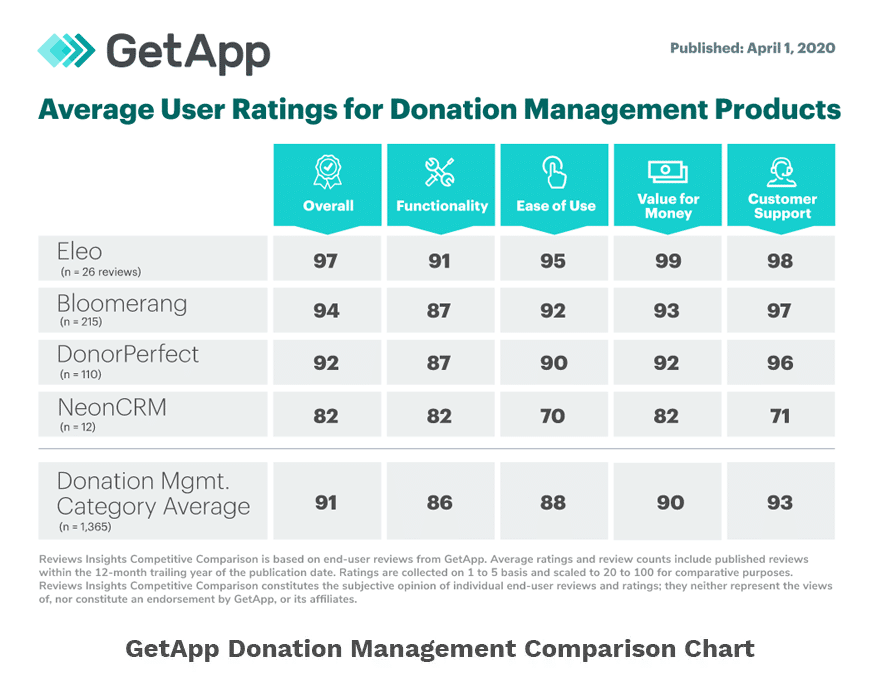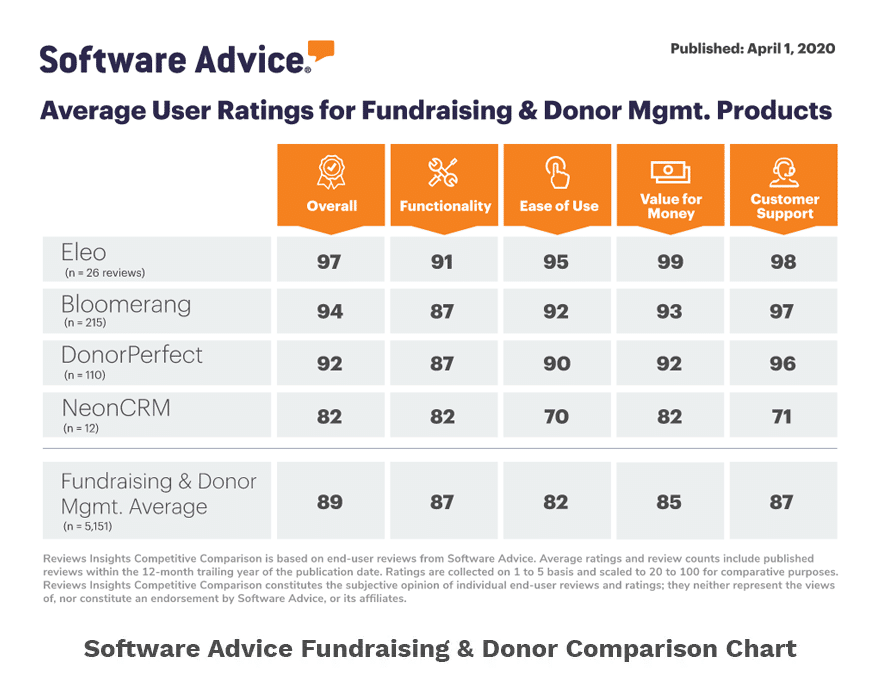
In a previous article, we discussed how your small nonprofit can make the most of in-kind donations to support your organization and mission. These gifts can be used to make a bigger difference and offset expenses for day-to-day operations and events.
For example, an animal shelter may solicit donations of pet food, toys, cages, and blankets. A shelter may also seek legal services to support legal action against animal abusers, marketing services to develop and share stories of impact on social media, and catering services to reduce event costs.
One of the keys to success when requesting these types of gifts is the creation of a formal in-kind donation policy. An in-kind donation policy brings clarity and consistency to:
- The types of goods and services your nonprofit will accept.
- The process that should be followed when in-kind donations are received.
- How in-kind donations should be solicited, tracked, and acknowledged.
But how should your nonprofit go about developing an in-kind policy? What does an in-kind policy look like? Let’s answer these questions to help you get started!
Considerations When Creating an In-Kind Donation Policy
Always start with the goal in mind. Board members and nonprofit leadership should meet to discuss what they want to accomplish through in-kind donations. Once goals are established, you can begin to answer these and other questions:
Will you accept both goods and services? What type(s) of goods and/or services will you accept? Are they consistent with your mission? How will these in-kind donations help you achieve your goals? How will success be measured? You may find that different types of gifts will support different goals.
What types(s) of goods and/or services will you not accept? Nonprofits should avoid spending time fielding questions and collecting gifts that do not support organizational goals. Some contributions also create risk or liability, like an old vehicle that may be unreliable, or real estate that could have environmental contamination.
Nonprofits should also develop strategies for soliciting in-kind donations, entering information into the donor database, tracking gifts, and acknowledging gifts. Having defined processes in place will ensure that in-kind donations align with goals and enable you to measure the effectiveness of your efforts.
Key Components of an In-Kind Donation Policy
Start with your mission. This will serve as a constant reminder and reinforcement of the purpose of your in-kind donation policy.
Provide a general introduction and overview of the in-kind donation policy. Outline the goals, including how it will benefit your organization and the impact on your mission. You should also include a link to a form that donors can submit with their gifts. This should include any legal language related to in-kind donations.
Then you can get into the details.
- Goods and/or services you will accept. Be as specific as possible to avoid confusion!
- Explanation of how goods and/or services will be used.
- Goods and/or services you will NOT accept and the reasons why.
- Guidelines and requirements for donating (must be new and in original packaging, preferred/compatible brands, types of food, etc.).
- Instructions for making an in-kind donation.
- Internal procedures for data entry, estimated monetary value, donor engagement, etc.
- Contact information for specific individuals who can answer questions or provide additional guidance about in-kind donations.
Remember, in-kind donations can provide an enormous lift to your mission and a significant drop in your expenses. The key to maximizing the benefits of both is to create a detailed in-kind donation policy! Contact us at Eleo to learn how to enter and track in-kind donations in your donor management software!





